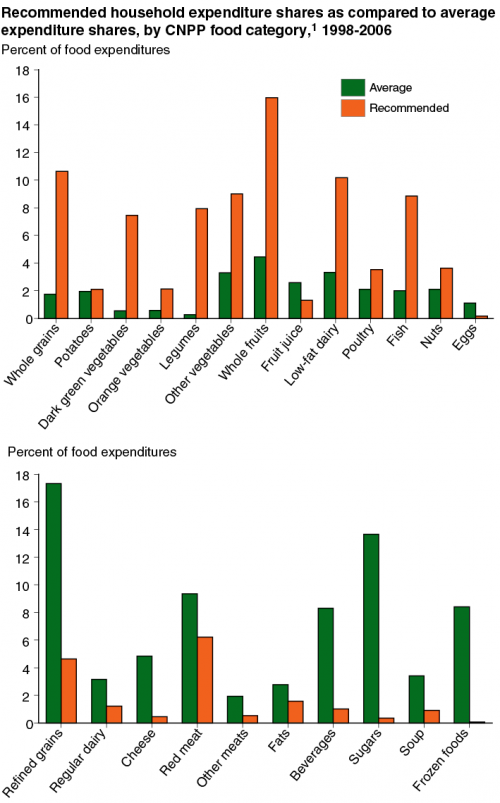Beyoncé’s Pepsi deal: Implications for Let’s Move!
In response to my post a couple of days ago about Beyoncé’s Pepsi deal, a reader asks:
How do you think the White House should respond to this deal.? Beyoncé’s song is featured on White House website and a Let’s Move! t-shirt she designed is given to kids at official events. Will kids make the connection? Can all that dancing overcome the effects of eating too much?
Let me deal with these one at a time. First, the problem this poses to Let’s Move! People concerned about the role of sugary sodas in childhood obesity are appalled by Beyoncé’s deal with Pepsi, so much so that the Center for Science in the Public Interest has organized a campaign to call on her to reconsider. Unless she does reconsider and withdraws from the deal, her continued involvement with Let’s Move! raises exactly the questions you ask.
Beyoncé has just put Let’s Move! in a painfully awkward conflict of interest. On the one hand, Let’s Move! promotes healthy diet and activity patterns to reverse childhood obesity. On the other, its celebrity spokesperson is now going to be pushing Pepsi. Beyoncé’s image will now appear on Pepsi cans—I hope not wearing her Let’s Move! tee shirt.
What the Beyoncé deal points out is the hazard of partnerships and alliances between public health groups and food companies.
In April 2011, the Washington Post reported that “A White House spokesman said that the first lady and her team weren’t involved in the making of the clip but that Beyonce is “a great example of how people can get involved with ‘Let’s Move!’ and bring this message to more and more young people.”
But now this. The White House has long maintained that food and beverage companies are not going away and that it is obliged to work with them. Maybe, but on whose terms? I see Beyoncé’s $50 million partnership with Pepsi as a slap in the face to Let’s Move! It puts Let’s Move! in the position of promoting Pepsi or asking Beyoncé to withdraw from having anything to do with it.
As for how kids are going to figure this out: All kids know is that Beyoncé is a gorgeous mega-star, one who is able to perform vigorous dance moves in astonishingly high heels, and that Pepsi helps her do so or at least doesn’t hurt. Beyoncé is especially a role-model for African-American kids. Pepsi targets its marketing to African-American kids. This looks like a serious conflict of interest.
On the balance between diet and activity: How I wish that physical activity alone could reverse obesity. Physical activity is terrific for health (I’m not sure about those stiletto heels) but it’s rarely enough to reverse obesity on its own. To lose weight—and, these days, to maintain healthy weight—kids absolutely must eat less and eat better.
Beyoncé has done Michelle Obama no favor by getting involved with Pepsi. This is a mess, and not one that can be gracefully fixed.


